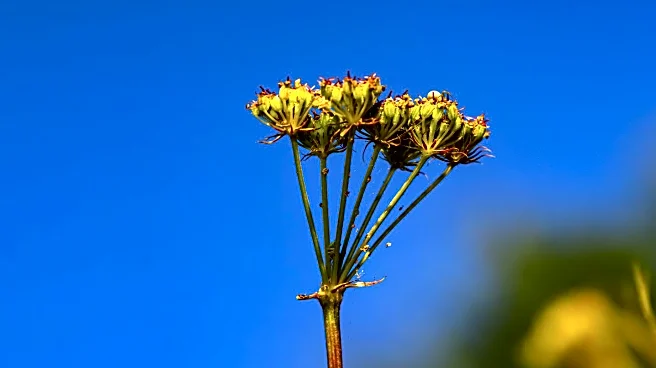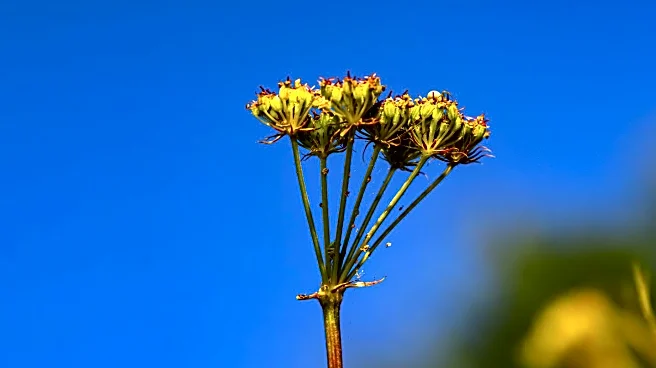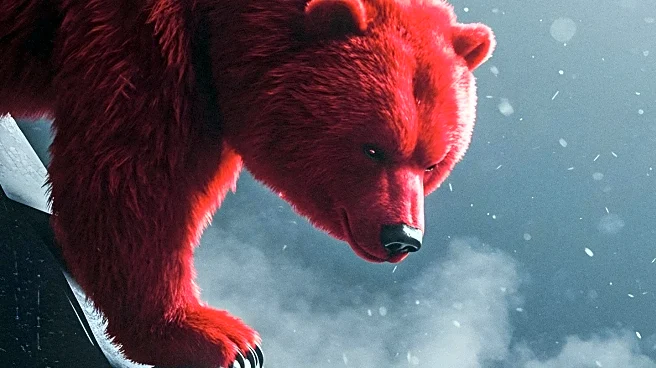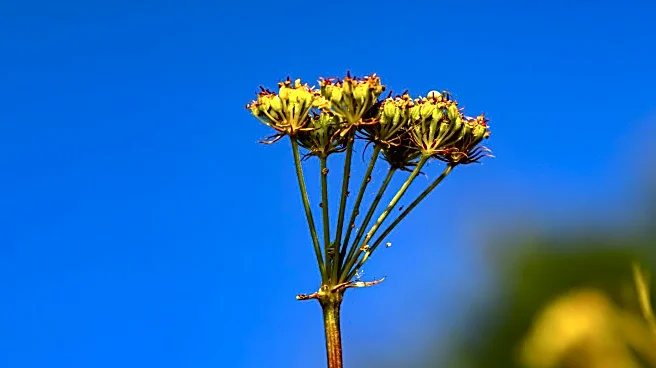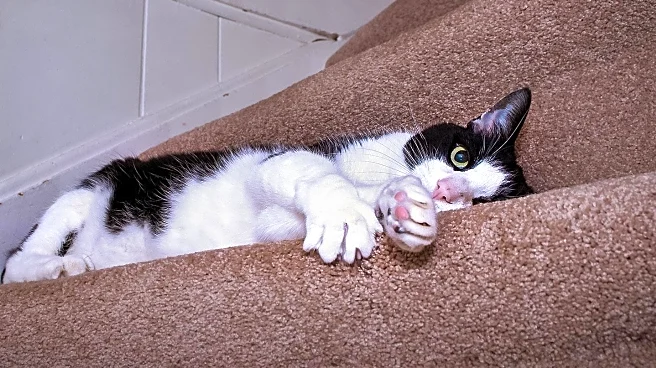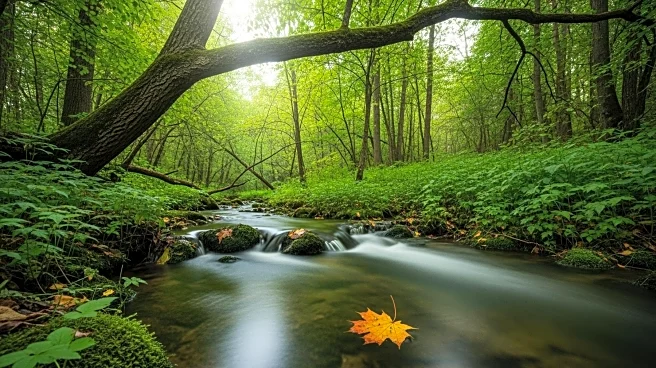What's Happening?
In Pennsylvania, the folklore surrounding woolly bear caterpillars and their supposed ability to predict winter weather persists. This belief dates back to 1948 when Dr. Charles Curran published an article suggesting a correlation between the caterpillar's
coloration and winter severity. However, this folklore is not scientifically supported, as the caterpillar's color is determined by its age and species, not weather predictions. The article also discusses the presence of non-native plants like the burning bush and pyracantha, which are prevalent in Pennsylvania gardens and can impact native plant growth.
Why It's Important?
The continued belief in woolly bear caterpillars as weather predictors highlights the enduring nature of folklore in American culture. While scientifically inaccurate, such beliefs can influence public perception and behavior regarding seasonal changes. Additionally, the discussion of non-native plants like the burning bush and pyracantha underscores ongoing environmental concerns about biodiversity and the impact of invasive species on native ecosystems. These plants, while popular for their aesthetic appeal, can outcompete native species, leading to ecological imbalances.
